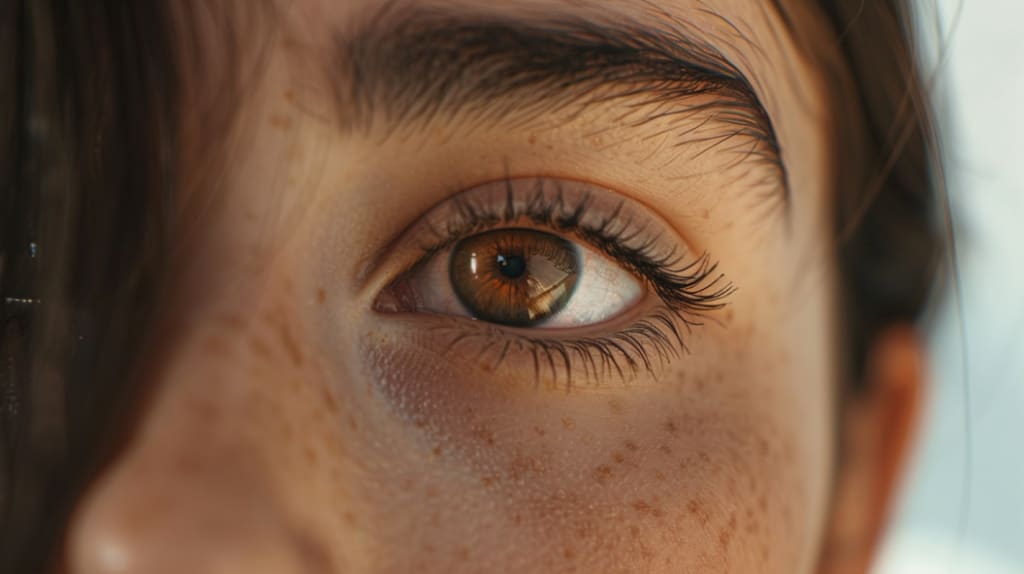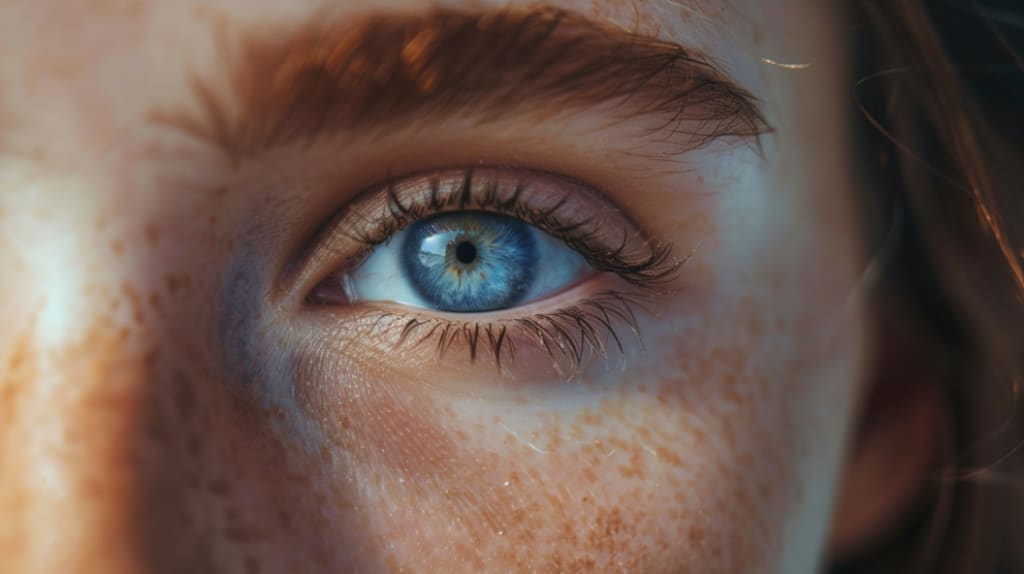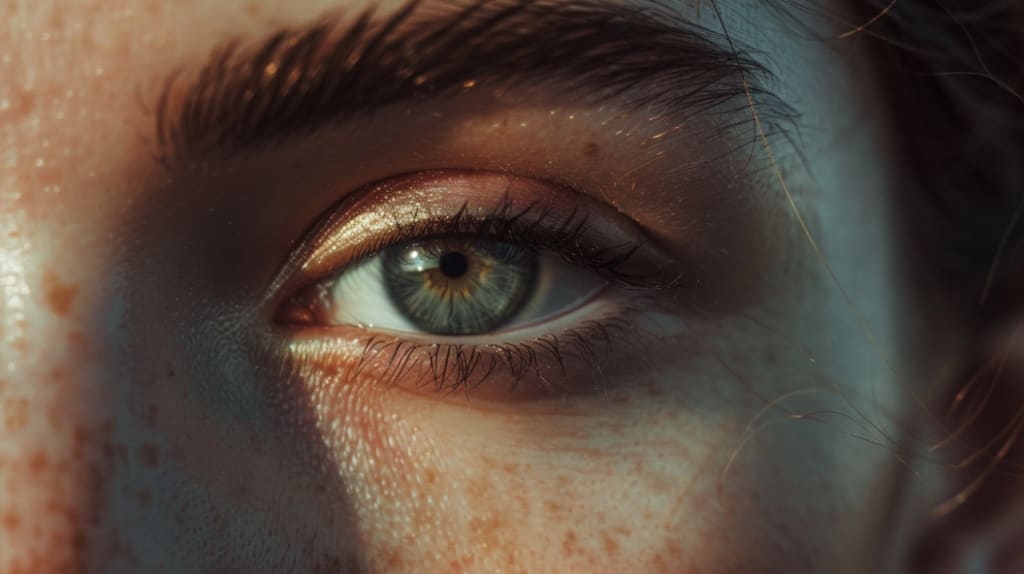
The human eye is a unique feature of each individual, akin to a fingerprint. No two people share the exact same shape, color, and appearance of their eyes. The variety of eye colors, from brown to green, adds to our individual uniqueness. But which eye colors are most common, and which are the rarest?
Brown Eyes
Dominating globally, brown eyes are estimated to be present in about 70-90% of the world's population. This eye color has the highest amount of melanin, providing natural protection against the sun.

Hazel Eyes
Hazel eyes, characterized by a mix of gold, brown, or green flecks around the edges, have significant but not the highest amount of melanin. They represent a beautiful mosaic of eye colors.

Blue Eyes
Blue eyes are found in approximately 8% of the global population. A genetic mutation thousands of years ago led to the development of this eye color, which researchers believe can be traced back to a single ancestor.

Green Eyes
With only about 2% of the population having green eyes, they are among the rarest eye colors. These eyes have a lower to moderate amount of melanin.

Gray Eyes
Gray eyes are rarer than blue eyes, with just 3% of the world's population having them. This color is likely due to a lower melanin content and a specific stromal composition that scatters light differently, giving the eyes a silvery appearance.

Amber Eyes
Amber eyes, which are a solid yellowish, golden, or copper hue, make up a small percentage of the population. These eyes are typically found in individuals of Spanish, Asian, South American, or South African descent and are free of brown, green, or orange flecks.

If you want to see how you look with a different eye color, we've collected a list of the best places to buy colored contact lenses online, so that you can easily try out a different eye color.





































